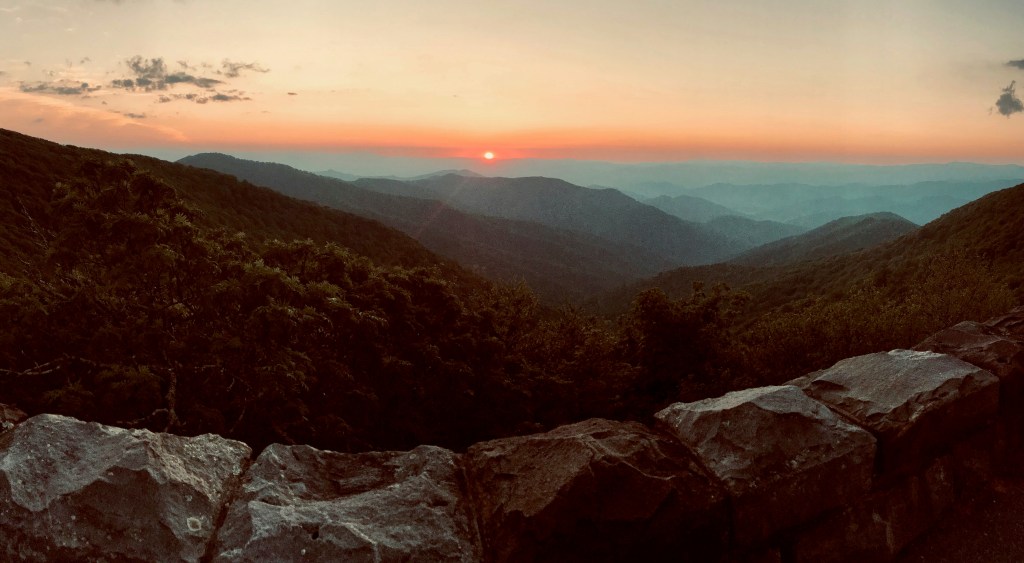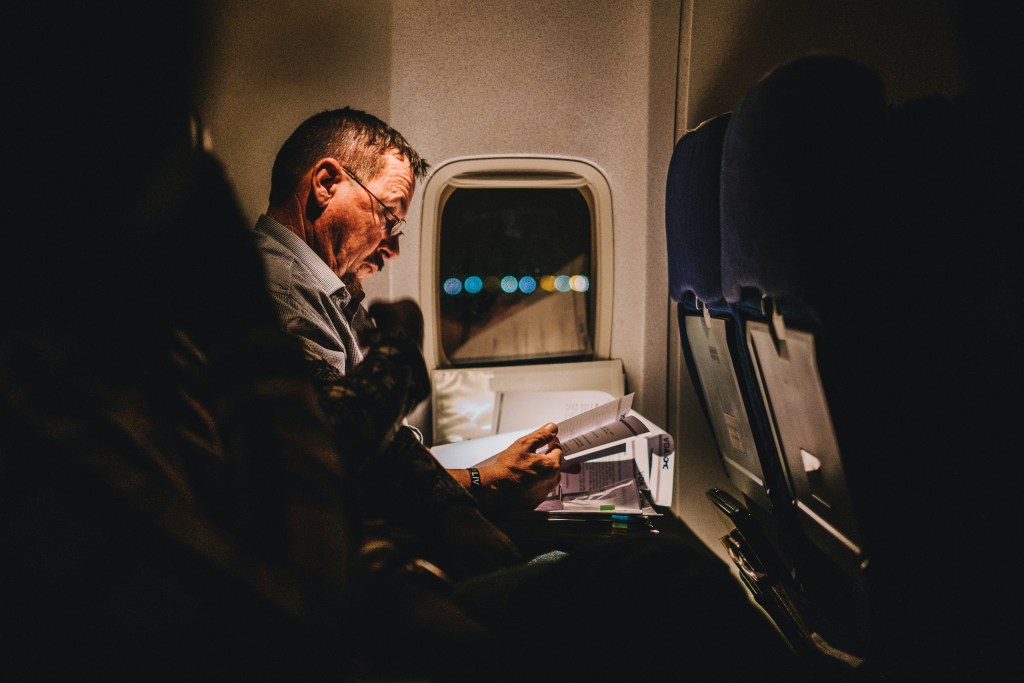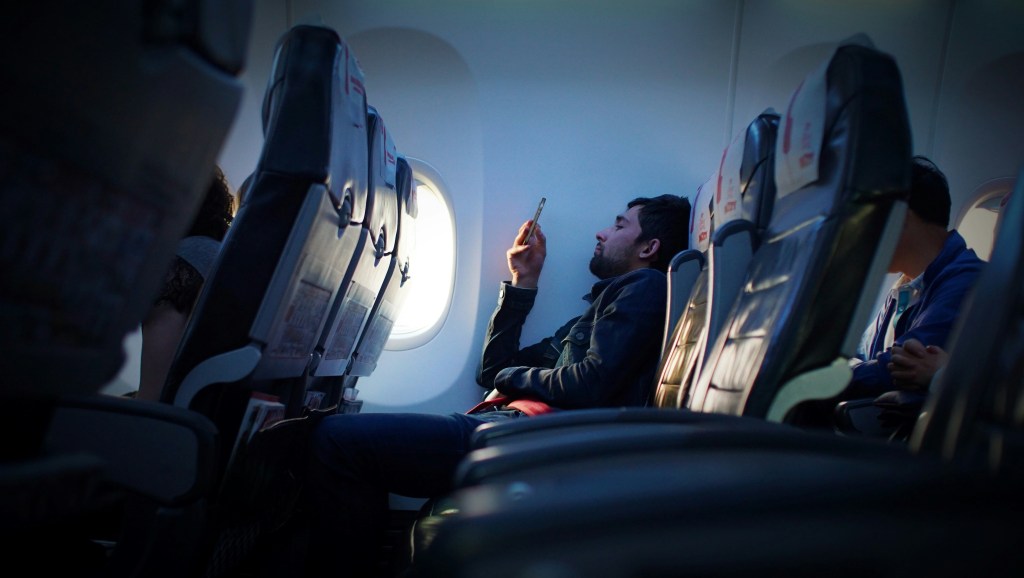Tourism initiatives (unsurprisingly) revolve around attracting more visitors. Even the world’s most popular destinations benefit from marketing and promotional efforts… including Aruba.
This year, Aruba’s tourism authority has something entirely unique on its agenda: an inaugural Relaxathon. And it’s brought on one of the world’s most recognizable Olympians, snowboarder Shaun White, to host the event.
So, what’s a professional snowboarder doing in one of the world’s hottest tropical destinations? And what’s behind this unusual event from Aruba’s tourism authority? I’m just as intrigued as you.
Inside Aruba’s Relaxathon
Aruba’s Relaxathon is a straightforward scheme. On June 13, 2024, Aruba will host an hour-long competition that will include 100 participants.
Only the most relaxed will be crowned champion. At the moment, the rubric remains vague, at best.
Officially, whoever can ‘keep calmest’ wins—which makes me think participants are in for some wild and crazy distractions. I have no idea how host Shaun White fits into this agenda, but it’s upping the intrigue for me.
Most likely, he’ll host the event and guide participants through the setup. But I wouldn’t be surprised if some athletic antics were also scheduled.
The competition’s location hasn’t been announced yet, but Aruba is a small island. I doubt anyone will have trouble finding it. When the competition ends, officials will select gold, silver, and bronze prize winners.
According to the press release, winners will be determined by ‘science’. Whatever that means.
Prizes
- Gold medal: Two round-trip flights to Aruba, four nights at a luxury hotel, dinner for two, and a massage for two
- Silver medal: Three nights at a luxury hotel, dinner for two, and spa treatments for two
- Bronze medal: Private sunset cruise, private tour of Arikok National Park, and massages for two

Is it worth participating?
I wouldn’t recommend flying to Aruba with the hopes of winning a free return trip. However, if you’re heading to the island on June 13, then I’d recommend elbowing your way into the Relaxathon. Even the bronze prize package would be worth setting aside an hour of your time.
And what would you be doing… lounging for an hour on the beach elsewhere? Even if participating doesn’t sound like your type of thing, I’m sure it will be an event equally geared toward spectators.
In other words, there’s bound to be a few laughs for everyone involved, whether pretending to relax on a towel or watching from the sidelines.
Aruba events calendar
The Relaxathon will conclude after an hour—but the festivities don’t necessarily end there. Aruba’s busy season runs from December to April, which means that summer months like June are a great time to visit and avoid crowds.
One event that should be on your radar if you’re in Aruba in June is the Dush Aruba This Way, a weekly party at the Renaissance Wind Creek Aruba Resort. You’ll get to dance the night away in local style.
I’d also recommend checking out the annual International Regatta. This sailing competition is annually hosted on Surfside Beach. There are events for sailboats, yachts, kitesurfers, and windsurfers. You can watch the most competitive sailors from the ABC islands: Aruba, Bonaire, and Curacao.



